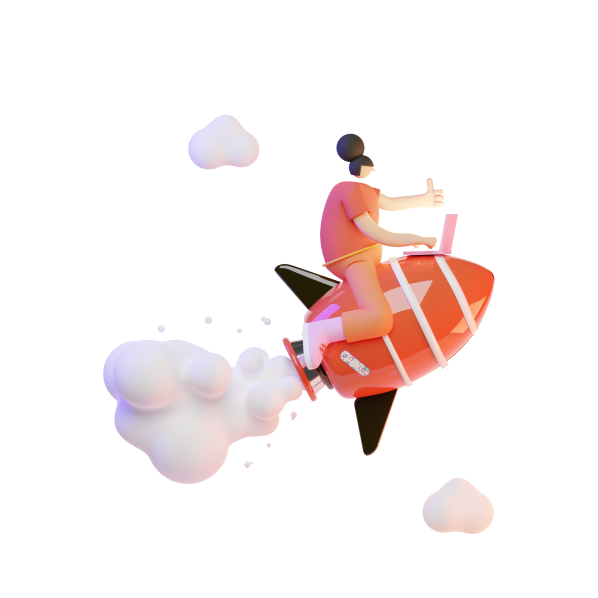AI Agents Frameworks Comparison
Overview
This document compares four leading AI agent tools: LangGraph, Autogen, Crew AI, and OpenAI Swarm. Each tool offers unique features and approaches tailored to various use cases, from multi-agent workflows to lightweight experimentation.
Framework Details
LangGraph
Workflow Style: Task execution as nodes in a Directed Acyclic Graph (DAG).
Notable Features:
- Advanced Memory System: Combines short-term, long-term, and entity memory with error recovery and time travel for debugging and exploring alternative paths.
- Visualization and Control: Graph-based visualization simplifies managing complex workflows and interactions.
- Replay Functionality: Includes time travel features, allowing developers to revisit and debug workflows effectively.
- Structured Output: Supports caching and delivering structured outputs with consistency.
Ideal Use Cases: For advanced scenarios requiring robust memory, structured task flows, and fine-grained control.
Autogen
Workflow Style: Interaction-focused, emphasizing conversation-based workflows.
Key Strengths:
- Intuitive Interfaces: Designed for users accustomed to ChatGPT-like experiences.
- Modular Extensibility: Built-in code execution and modular design make it easy to extend workflows.
- Human Interaction Modes: Configurable options like NEVER, TERMINATE, and ALWAYS for human-in-the-loop processes.
Limitations:
- Replay Challenges: Lacks native replay functionality, requiring manual intervention for debugging.
Best Fit: Suitable for conversational tasks and straightforward multi-agent workflows.
Crew AI
Workflow Style: Role-based interactions where agents are assigned specific roles and objectives.
Highlighted Capabilities:
- Comprehensive Memory System: Comparable to LangGraph with robust short-term, long-term, and entity memory.
- Role Delegation: Facilitates collaboration and delegation among agents.
- Debugging Tools: Replay functionality for recent runs, though limited in historical coverage.
- Structured Outputs: Leverages JSON or Pydantic models for precise and structured data handling.
Best Applications: Ideal for scenarios emphasizing collaboration and teamwork among agents with well-defined roles.
OpenAI Swarm
Workflow Style: Lightweight and experimental framework for multi-agent systems.
Core Advantages:
- Minimalist Design: Simplifies the creation of basic multi-agent workflows, focusing on core functionalities without unnecessary complexity.
- Educational Utility: Accessible entry point for beginners or researchers to experiment with agent systems.
- Custom Agent Development: Enables tailoring specialized agents for tasks like data collection or NLP.
Drawbacks:
- Immature Features: Being experimental, it lacks the robustness and advanced capabilities of more mature frameworks.
- Customization Gaps: Limited in handling highly complex workflows.
Recommended Use Cases: Best suited for educational purposes, lightweight experiments, and simple multi-agent tasks.
Evaluation Criteria for Frameworks
To assess these frameworks, the following key factors were considered:
1. Usability
Ease of setup, learning curve, and developer-friendly interfaces.
2. Feature Set
The breadth of built-in tools and the ability to integrate external functionalities.
3. Multi-Agent Coordination
How effectively the framework supports interactions between agents, including collaborative and hierarchical structures.
4. Debugging and Replay
The ability to revisit previous workflows for debugging and optimization.
5. Dynamic Code Execution
Support for real-time code execution to enhance flexibility in task management.
6. Memory Systems
- Short-Term Memory: Temporary data retention.
- Long-Term Memory: Persistent knowledge storage.
- Entity Memory: Specific details about entities encountered during workflows.
7. Human Oversight
Human-in-the-loop options for guidance or intervention.
8. Customization
The degree to which workflows, tools, and agent behavior can be tailored.
9. Scalability
The framework's ability to handle increasing complexity or larger workloads.
Summary Table
| Feature/Tool | LangGraph | Autogen | Crew AI | OpenAI Swarm |
|---|---|---|---|---|
| Ease of Use | Moderate | High | Moderate | High |
| Feature Set | Extensive | Moderate | Extensive | Minimal |
| Multi-Agent Support | Excellent | Moderate | Excellent | Basic |
| Replay | Comprehensive | Manual Effort | Limited | None |
| Code Execution | Supported | Supported | Supported | Supported |
| Memory | Advanced | Limited | Advanced | Basic |
| Human Oversight | Moderate | High | High | Minimal |
| Customization | High | High | High | Moderate |
| Scalability | High | Moderate | High | Moderate |
Conclusion
Each of these frameworks is designed with specific strengths and use cases in mind:
- LangGraph: Best for workflows requiring advanced memory, structured interactions, and precise debugging capabilities.
- Autogen: Ideal for conversational and interaction-based scenarios with human-in-the-loop functionality.
- Crew AI: Excels in collaborative, role-based environments where structured outputs are key.
- OpenAI Swarm: A lightweight, beginner-friendly option for educational purposes or simple agent tasks.
Selecting the right framework depends on the complexity of the task, memory needs, and desired level of control. For advanced users, LangGraph or Crew AI may be the best fit, while Autogen and OpenAI Swarm cater to simpler or more interactive use cases.
